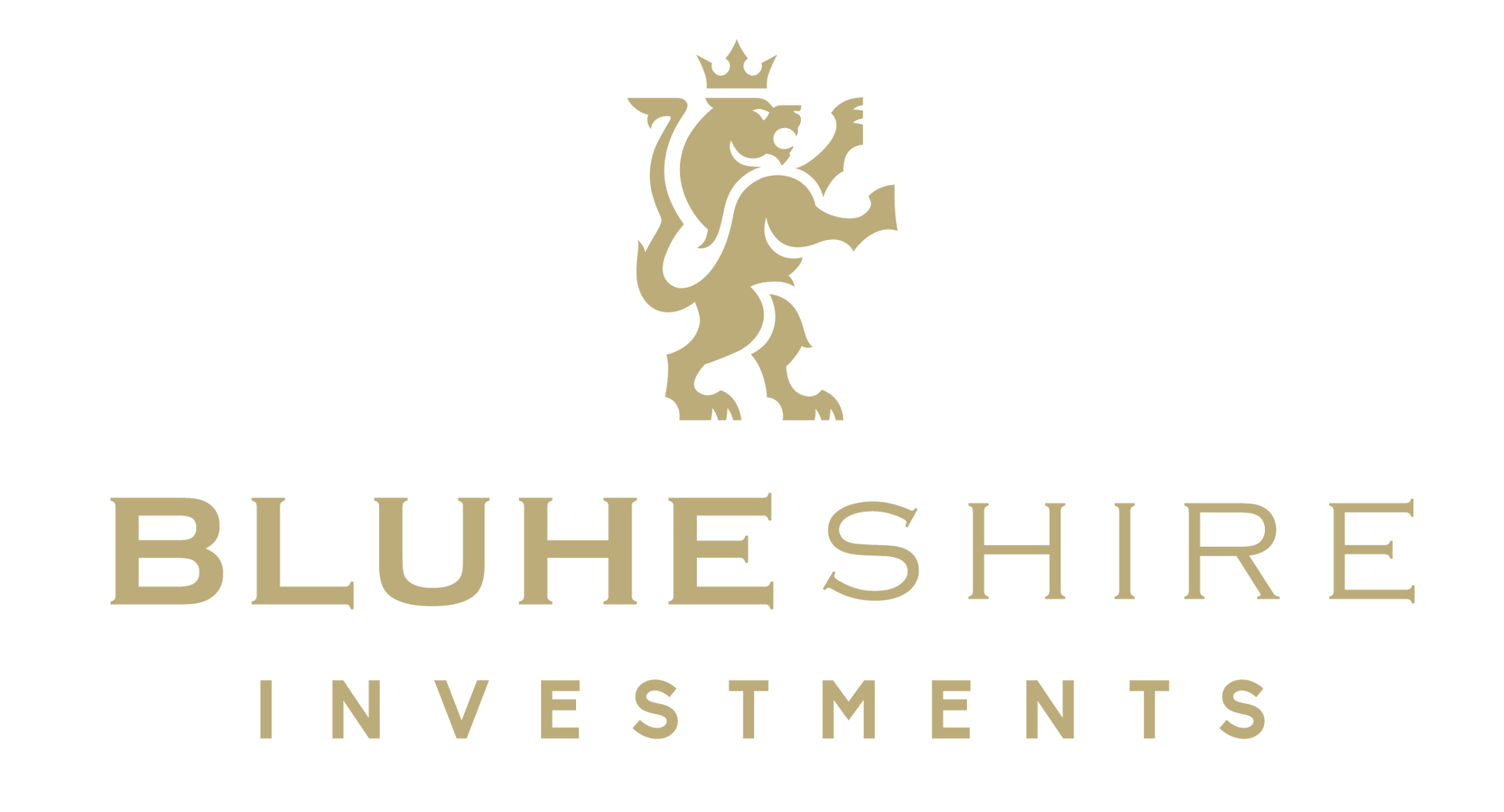Trading Commodities with SBLCs
Case Study: Trade Commodities using SBLCs
As a private investor, finding new and profitable revenue streams is a crucial part of any financial strategy. For one such investor, their journey to diversifying their portfolio led them to the world of sugar trading.
With research and determination, the private investor was able to identify a reputable sugar seller to partner with, who provided them with all of the details of the trade. From the type of sugar, to the agreed-upon price, and all other necessary conditions, the private investor was ready to make the deal happen.
However, the seller requested a Standby Letter of Credit (SBLC) as a guarantee of payment before proceeding with the trade. This is where Bluhe Shire came in to help. As a private trust that specializes in financial and banking services, Bluhe Shire was able to connect the private investor with a trusted bank. This bank reviewed the private investor's request and approved it, issuing the SBLC to the seller.
With the SBLC in place, the sugar shipment was able to proceed, and upon receipt, the private investor was required to pay the agreed-upon price to the seller. In the event that the private investor was unable to fulfill this obligation, the seller had the option to present the SBLC to the issuing bank, which would then pay the seller the amount owed.
Thanks to the guidance and expertise of Bluhe Shire, the private investor was able to complete the sugar trade with confidence. The SBLC helped to reduce the risk involved in the trade and ensured a smooth and successful transaction. With Bluhe Shire on their side, the private investor is now one step closer to achieving their financial goals.
Overall Performance
Calculating the profit of the private investor's sugar trade is relatively straightforward. Since the private investor was able to purchase the sugar 16% below the market value, the profit can be calculated as follows:
Profit = Market Value - Cost of Sugar
Market Value = $64,780,000 ÷ (1 - 16%) = $76,470,588
Cost of Sugar = $64,780,000
Profit = $76,470,588 - $64,780,000 = $11,690,588
To find the total cost of the transaction, including the 1.5% fees, the following calculation can be performed:
Total Cost = Cost of Sugar + Fees
Fees = $64,780,000 x 1.5% = $971,700
Total Cost = $64,780,000 + $971,700 = $65,751,700
Therefore, the private investor's profit from the sugar trade was $11,690,588 after taking into account the 1.5% fees.


